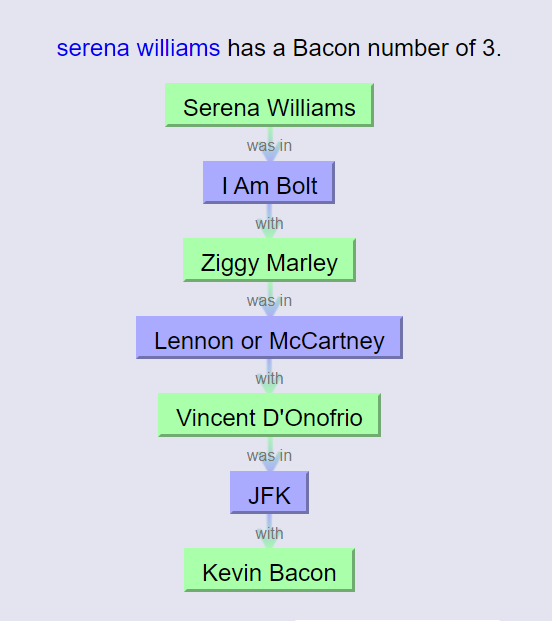Here’s a trivia question for you: What was the first grand slam singles match without a break of serve?
In 1973, it hadn’t been possible for long. The US Open was the first major to adopt the tiebreak, in 1970. Before that, every set would continue until someone broke serve and established a two-game lead. Only in 1973 did the other slams follow suit. There weren’t any zero-break matches at the Australian Open, just as there hadn’t been in the first three years of tiebreak tennis at Forest Hills. Even with sudden death shootouts in place, it would be unusual for two men to string together a minimum of three unbroken sets, 36 consecutive holds of serve.
The 1973 French Open made it easier. The tournament experimented with best-of-three-set contests for the first two rounds. Now 24 holds would be enough, even if the slow Parisian clay worked in the returner’s favor.
On May 25, Roland Garros delivered such a match. Two veterans–31-year-old American Frank Froehling and 34-year-old Romanian Ion Țiriac–locked horns for a second-round baseline slugfest that, somehow, never resulted in a break. Froehling advanced, 7-6(3), 7-6(3).
It was a strange outcome. Froehling, like most Americans of his generation, served big. Țiriac, despite his barrel chest and “Brașov Bulldozer” nickname, did not. When the two men faced off in a decisive 1971 Davis Cup match, only one of five sets reached 6-all; two others finished at 6-1. The Romanian had played both Olympic ice hockey and international-level rugby, yet on the tennis court he was a jackrabbit. He realized he didn’t have the strokes of a champion, but he was smart, he was stubborn, and he could run.
And if he couldn’t break your serve, Țiriac could usually break your spirit. No one in the sport practiced more gamesmanship, a polite term for what was often outright cheating. The Romanian’s antics in the 1972 Davis Cup final were flagrant enough that the ILTF suspended him. So obnoxious were the hosts in Bucharest that the United Nations gave a “Fair Play” award to Stan Smith, one of the Americans who withstood it all. Smith’s citation: sportsmanship “in the face of a hostile, chauvinistic public, irregularities in the scoring and aggressive behavior by one of his opponents.” The UN was calling out Ilie Năstase, but Țiriac was probably worse.
By May 1973, the Brașov Bulldozer was wondering if it was worth it anymore. For eight years, he had mentored Năstase, now the best clay courter in the world and the top seed in Paris. Now, they were no longer on speaking terms.
“Năstase was becoming impossible,” Țiriac told a British journalist. “I am the sort of competitor who plays to win but, in doubles, Năstase just wanted to clown about. He let me down badly in the French Championships last year when we were the favorites to win the title. We lost in the first round.”
After the 1972 Davis Cup finals, the Romanian quit the national team. He told the same journalist that he’d retire after the 1974 season. It was clear to another spectator at the Froehling duel that “his heart was clearly not in the match.”
No one knew what Țiriac would do once he gave up full-time competition, but he was always a man to watch. Behind his perpetual glower was a brilliant mind, capable of idiosyncratic conversation in six languages. He had raised Năstase up from what he called “a nothing in the streets of Bucharest.” Perhaps he could do it again.
* * *
Coincidentally, Țiriac’s next project was also in action on May 25th, 1973. 20-year-old Guillermo Vilas of Argentina was little known outside of South America, but that was about to change.
In the second round, the young left-hander drew seventh seeded Spaniard Andrés Gimeno. A year before, Gimeno had become the oldest first-time major champion when he won the French at age 34. This isn’t to say he was a late bloomer: He signed up for the professional ranks when he was 23, after a sterling amateur season in 1960. He held his own against Rod Laver, Ken Rosewall, and the rest for seven years before the start of the Open era. He faced Laver at least 120 times between 1960 and 1971, winning nearly one in three.
But after a four-title 1972 season, Gimeno suffered a meniscus injury. He was a meager 5-4 on the season coming into the French Open, fading as fast as Vilas was rising.
The inter-generational battle was a dramatic one. The Argentinian finally triumphed, 6-2, 5-7, 8-6. Țiriac would later say that Vilas lacked a killer instinct–“This guy not capable in life to kill a fly”–but he was always able to exhaust opponents into submission. For the second year in a row, the lefty had reached the third round in Paris.
Soon, Vilas’s accomplishments would be measured not in match wins, but in finals–often against rival Björn Borg. The coincidences multiply: Yet another match on May 25th was a delayed opening-round tilt, 16-year-old Borg’s first-ever appearance at the French. He, too, made a statement that day, handing a routine defeat to 1971 Roland Garros quarter-finalist Cliff Richey, 6-2, 6-3.
While Țiriac’s two-tiebreak loss to Froehling was the quirkiest result of the day, tennis history was in the making all over the grounds.
* * *
This post is part of my series about the 1973 season, Battles, Boycotts, and Breakouts. Keep up with the project by checking the TennisAbstract.com front page, which shows an up-to-date Table of Contents after I post each installment.
You can also subscribe to the blog to receive each new post by email:



